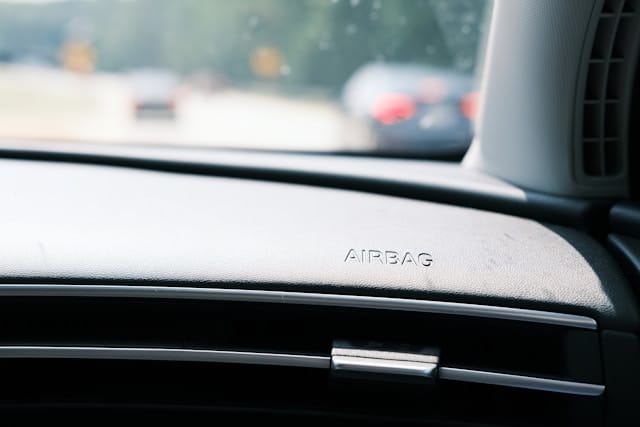How to Ensure Your Car’s Airbags Are Properly Repaired
 Airbags are critical safety components that play a vital role in protecting passengers during a collision. Once deployed, ensuring they are properly repaired and replaced is crucial for maintaining the safety integrity of your vehicle. However, airbag repair involves complex systems and requires professional expertise. This article will guide you through the necessary steps to ensure that your car’s airbags are properly repaired after they have been deployed or if the system has been compromised in any way.
Airbags are critical safety components that play a vital role in protecting passengers during a collision. Once deployed, ensuring they are properly repaired and replaced is crucial for maintaining the safety integrity of your vehicle. However, airbag repair involves complex systems and requires professional expertise. This article will guide you through the necessary steps to ensure that your car’s airbags are properly repaired after they have been deployed or if the system has been compromised in any way.
Understanding Airbag System Components
Identifying Key Components
The airbag system consists of various components, including the airbag itself, sensors, the control module, and the diagnostic system. Understanding these components helps in assessing whether a full repair has been completed. The airbag sensors trigger deployment based on collision severity, and the control module processes this information.
Importance of OEM Parts
For airbag replacements, always insist on Original Equipment Manufacturer (OEM) parts. OEM parts are made by the vehicle’s manufacturer and designed specifically for your model, ensuring perfect compatibility and performance. Using aftermarket parts can compromise the system’s integrity and safety.
Choosing the Right Repair Shop
Certification and Training
Ensure the repair shop has certified technicians who specialize in airbag systems and have undergone specific training for your vehicle type. Certifications from recognized automotive organizations can be a reliable indicator of a technician’s expertise.
Experience with Airbag Systems
Experience matters when it comes to repairing sophisticated systems like airbags. Ask about the shop’s history with airbag repairs, particularly for your car model. Experienced technicians are more likely to handle the intricate repair and recalibration processes correctly.
The Repair Process
Detailed Inspection and Diagnostics
A comprehensive diagnostic test should be run to determine which components of the airbag system need replacement or repair. This includes checking the airbag sensors, wiring, and the control module for damage.
Repair and Replacement
Any component of the airbag system that is faulty or has been activated should be replaced with OEM parts. This includes the airbag itself, control modules, and sensors. It’s crucial that no shortcuts are taken in this process, as the system’s functionality is paramount to passenger safety.
System Reset and Error Checking
After repairs, the entire system needs to be reset. This process involves clearing the car’s diagnostic codes and ensuring no residual errors that could affect future airbag deployment.
Post-Repair Verification
Confirmation of System Integrity
Post-repair, a thorough testing of the airbag system should be conducted to confirm its integrity. This might include computer system checks and physical inspections to ensure all components are secure and functioning as intended.
Documentation of Repairs
Obtain detailed documentation of all repairs done on the airbag system. This documentation should include descriptions of the replaced parts, the findings from diagnostics, and any tests performed to validate the repairs.
Conclusion
Ensuring that your car’s airbags are properly repaired after deployment is crucial for maintaining the safety of your vehicle. By understanding the airbag system components, selecting a qualified repair shop, and confirming the integrity of repairs, you can trust that your airbags will perform as expected in the event of another collision. Always prioritize thoroughness and professionalism over cost when it comes to airbag repairs to ensure your vehicle remains a safe mode of transport.

